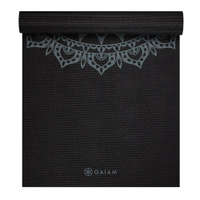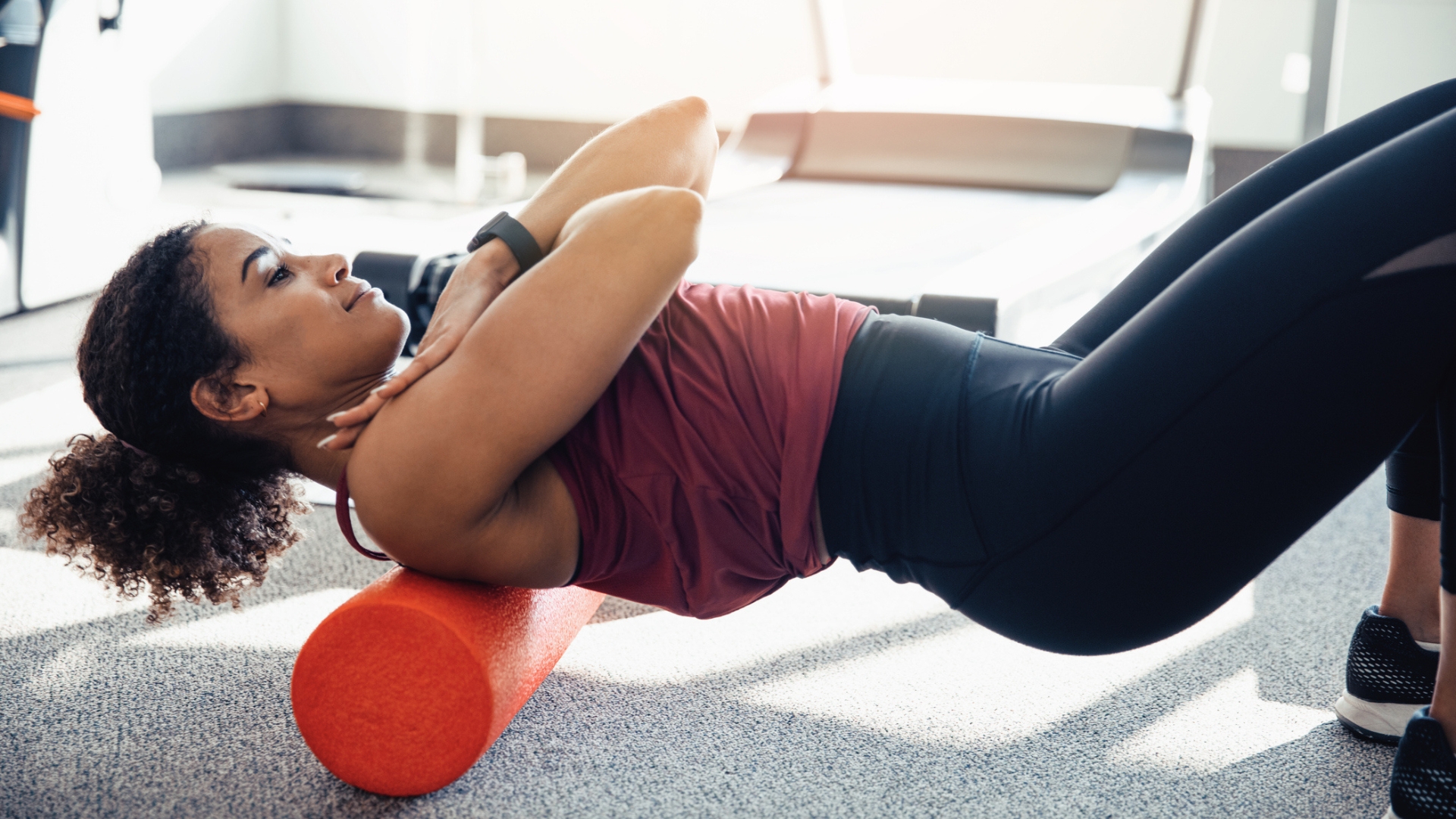A trainer recommends doing these five deep core exercises to improve your strength and stability
Training your deep core is important for balance and stability: this NASM-qualified personal trainer gives her top five deep core exercises
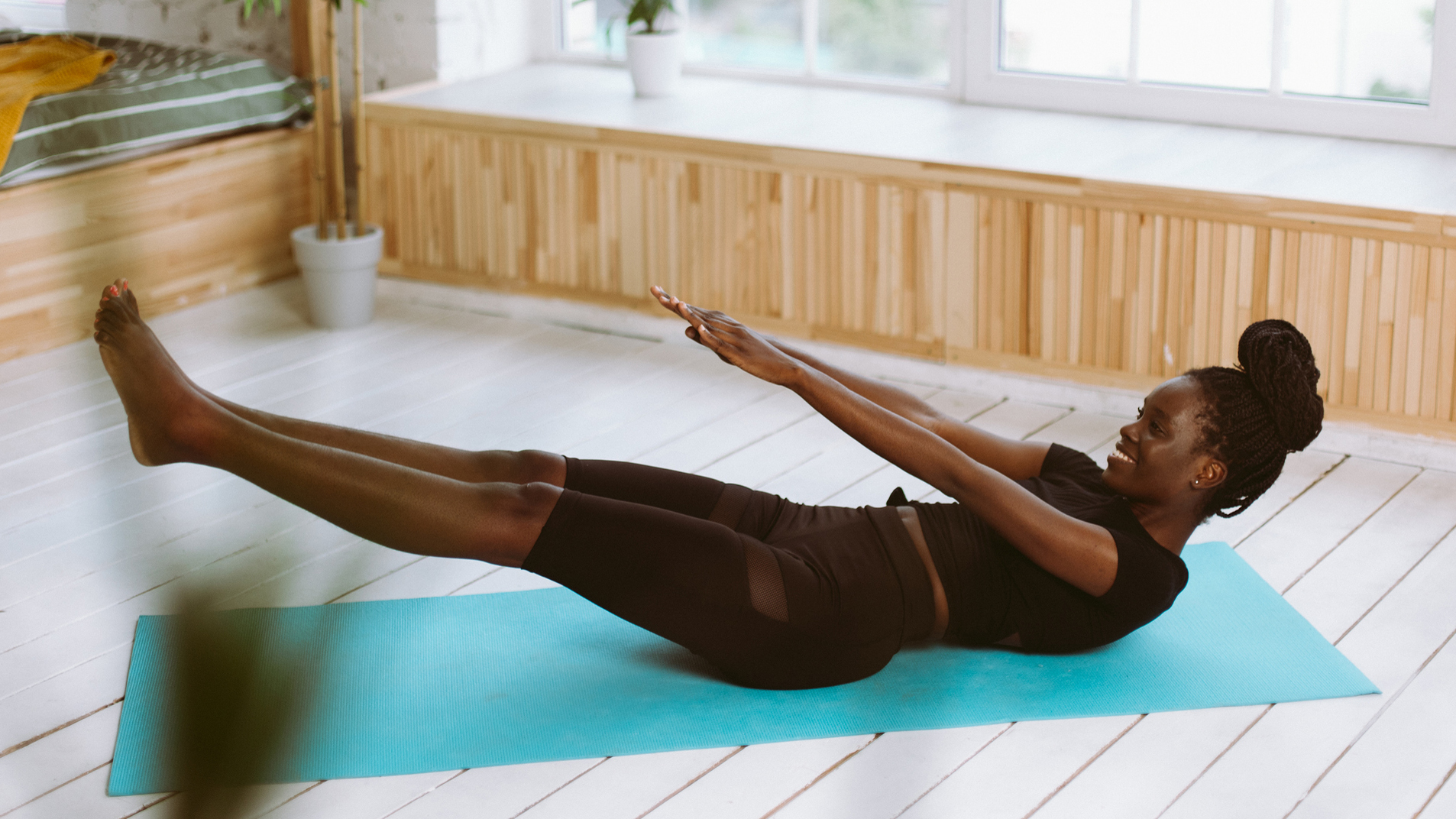
Most gym goers know that it’s important to train your core, a set of mid-body muscles that play a role in nearly all of your everyday movements. However, not everyone knows that these muscles can be divided into two different sets: your outer core muscles and your deep core muscles.
The outer core muscles sit closer to the surface of the skin and they help with things like spinal flexion and moving from side-to-side. Your deep core muscles help with balance and they also stabilize other muscles around them.
The stability offered by the inner core is important as we age, as it helps to keep us strong, mobile and upright. Weakness of these deep core muscles can lead to issues like back pain, as it increases the pressure on your spine and supporting muscles.
With this in mind, it's important to keep your deep core strong and supple, so we spoke to one of our favorite NASM-certified personal trainers to get her top five deep core exercises.
Gaiam premium 5mm printed yoga mat: was $29.99, now $19.99 at Dick's Sporting Goods
Save $10 A good yoga mat should provide enough support to cushion your joints, but it shouldn't be so thick that it feels like an actual pillow. This 5mm mat hits the sweet spot—it's currently discounted, as part of the Black Friday fitness sales.
Deep core workout
- Flutter Kicks: 45 seconds x 1-3 sets
- Leg raises: 45 seconds x 1-3 sets
- Reverse crunches: 45 seconds x 1-3 sets
- Plank up-downs: 30 - 60 seconds x 1-3 sets
- Mountain Climbers: 45 seconds x 1-3 sets
1. Flutter Kicks
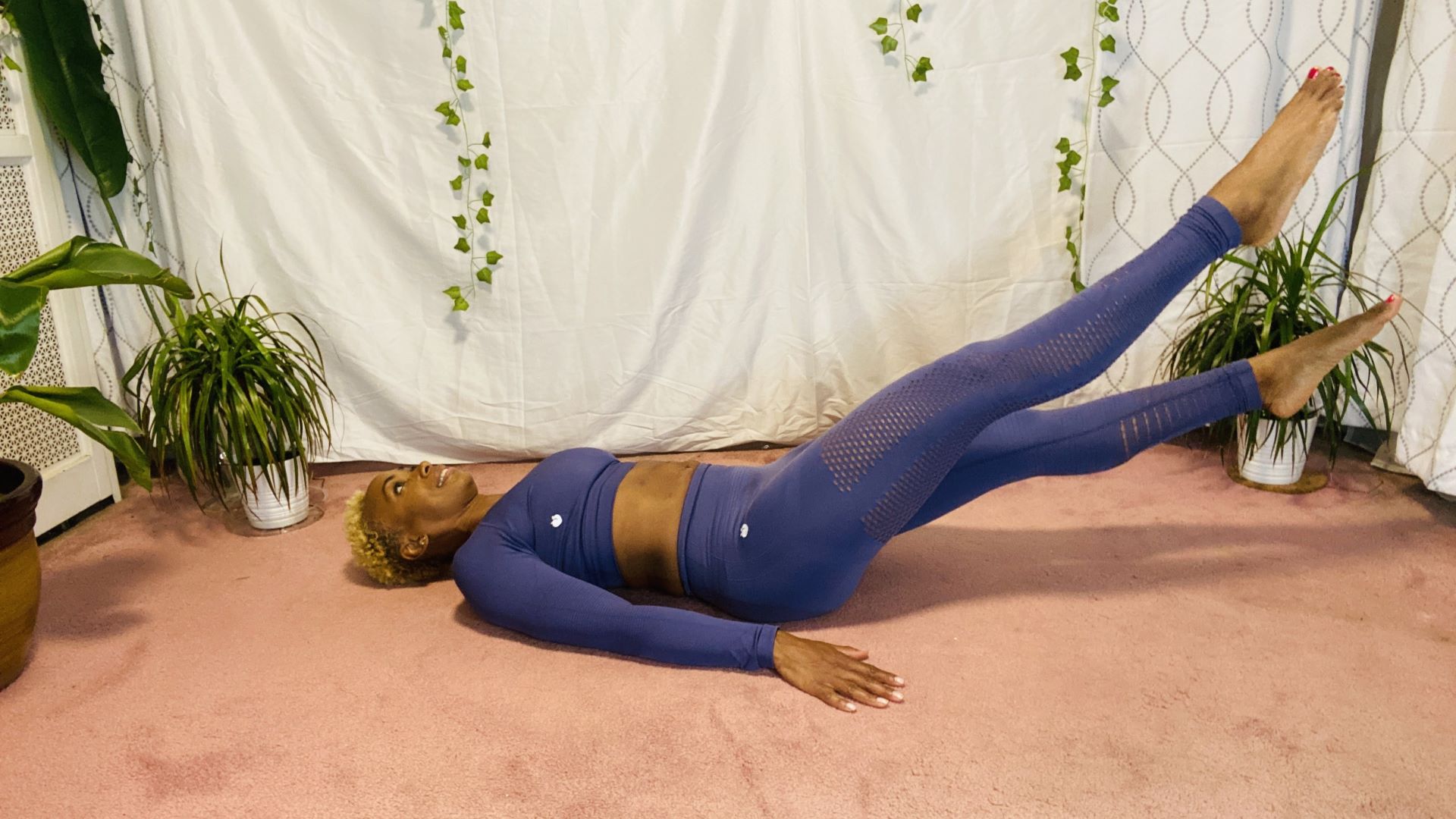
Time: 45 seconds Sets: 1-3
- Lie flat on your back, keeping your legs straight and together. Point your toes and engage your core muscles.
- Start kicking your legs up and down, generating power from your hips and thighs. Maintain a steady rhythm and tempo.
2. Leg raises
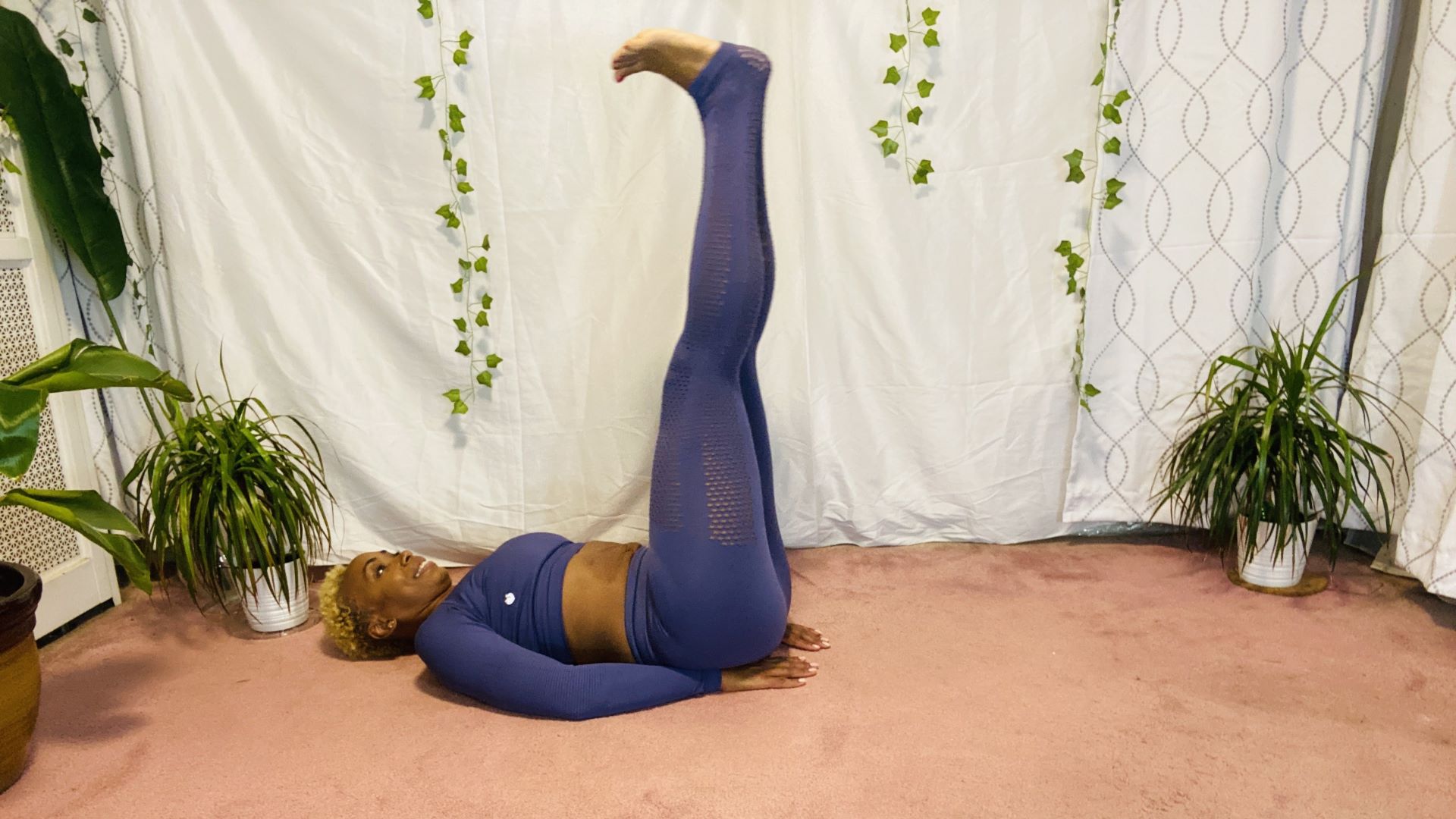
Time: 45 seconds Sets: 1-3
- Lie flat on your back on an exercise mat, keeping your legs straight and close together. Place your hands by your sides, palms down, for support.
- Slowly lift both legs off the ground, keeping them straight. Raise your legs until they are perpendicular to the ground or as high as possible. Hold the position for a count of one or two seconds.
- Lower your legs back down to the starting position and repeat.
3. Reverse Crunches

Time: 45 seconds Sets: 1-3
Get the Fit&Well Newsletter
Start your week with achievable workout ideas, health tips and wellbeing advice in your inbox.
- Lie flat on your back with your arms by your sides. Bend your knees and place your feet flat on the ground, hip-width apart.
- Engage your core and lift your legs, bringing your knees towards your chest. As you lift your legs, curl your pelvis upward, using your lower abdomen muscles. Pause for a brief moment at the top of the movement.
- Slowly lower your legs back down, returning to the starting position.
4. Plank up-downs
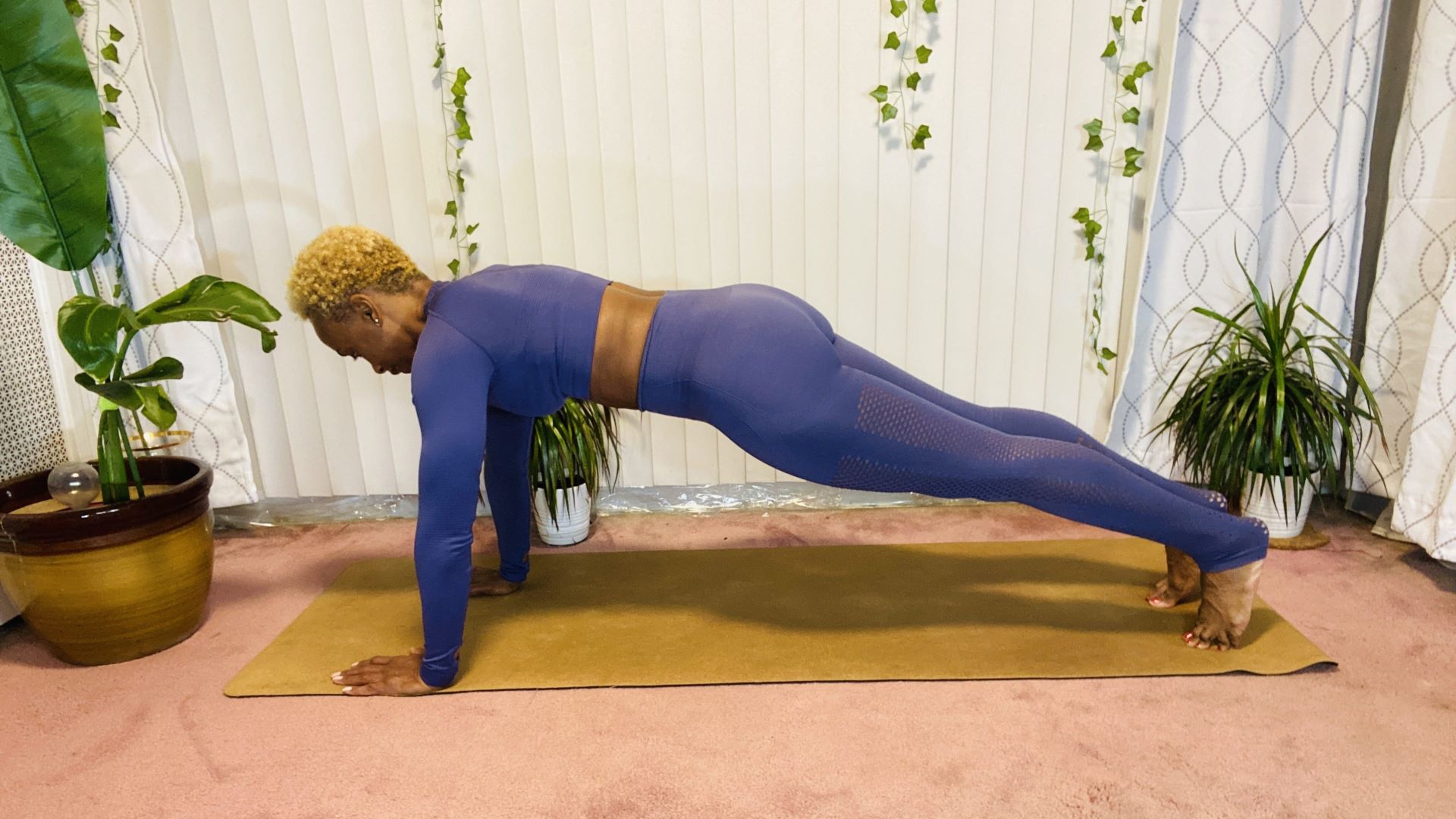
Time: 30-60 seconds Sets: 1-3
- Start by getting into a high plank position, with your hands under your shoulders and your body in a straight line.
- Lower your right forearm down to the ground, followed by your left forearm, so that you are now in a forearm plank position.
- Push back up onto your right hand, then onto your left hand, returning to the high plank position.
- Repeat the sequence, but this time start by lowering your left forearm first, followed by your right forearm. Continue alternating between the high plank and forearm plank positions. Focus on maintaining proper form and control, rather than speed.
5. Mountain climbers
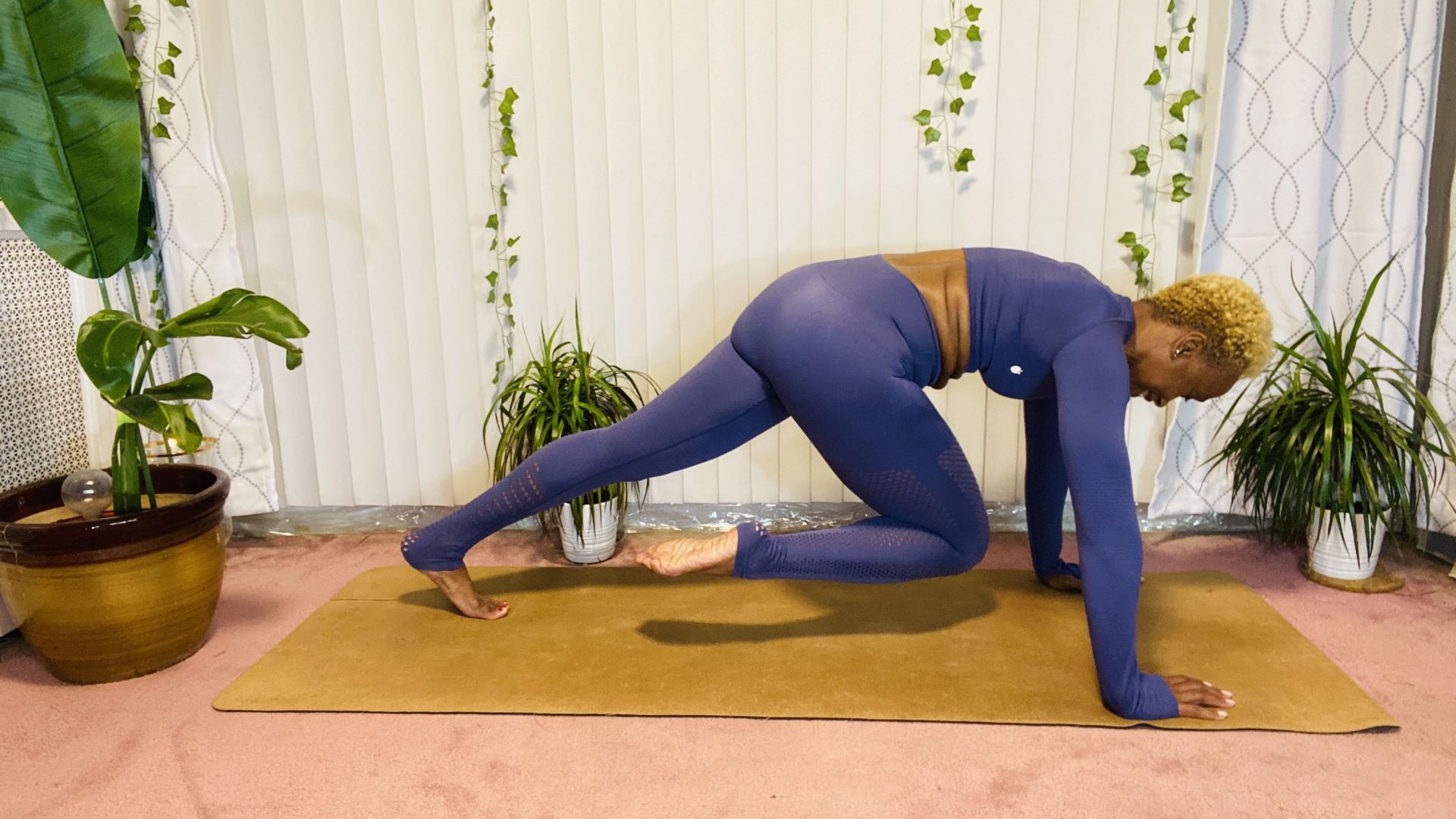
Time: 45 seconds Sets: 1-3
- Begin in a plank position, with your hands directly under your shoulders and your body in a straight line.
- Engage your core muscles and lift your right foot off the ground, bringing your knee toward your chest. Keep your back flat and your hips level.
- Quickly switch legs, bringing your right leg back to the starting position and bringing your left knee toward your chest.
- Continue alternating legs in a quick, running motion, while maintaining good form and keeping your core tight.

Elethia Gay is a NASM-qualified trainer and yoga teacher. She is the founder of the Roots to Wellness program, a virtual training platform for women, and the non-profit Hiking for Hope group.
Why is your deep core important?
We all know how important the core is, particularly for keeping you stable and mobile as you age, but why exactly is deep core strength so important?
"Our deep core stabilizers provide stability and support for our entire body. Strong deep core muscles, such as the transverse abdominis and multifidus, act like a corset around the spine, helping to protect it from excessive movement and degeneration," explains Gay. "They make everyday activities like walking, standing, and sitting simple and effortless."
"As an athlete, power, balance, and coordination are a must. Think about how much power an athlete like Serena Williams gets from her strong core when she chases and swings at a ball. In addition, deep core strength is crucial for maintaining good spinal health and preventing degenerative conditions."
Want more workouts for your midbody? Try these core strengthening exercises or learn how to do a dead bug.
Need help finding a new exercise mat? Our guide to the best yoga mat can help

Lou Mudge is a Health Writer at Future Plc, working across Fit&Well and Coach. She previously worked for Live Science, and regularly writes for Space.com and Pet's Radar. Based in Bath, UK, she has a passion for food, nutrition and health and is eager to demystify diet culture in order to make health and fitness accessible to everybody.
Multiple diagnoses in her early twenties sparked an interest in the gut-brain axis and the impact that diet and exercise can have on both physical and mental health. She was put on the FODMAP elimination diet during this time and learned to adapt recipes to fit these parameters, while retaining core flavors and textures, and now enjoys cooking for gut health.
-
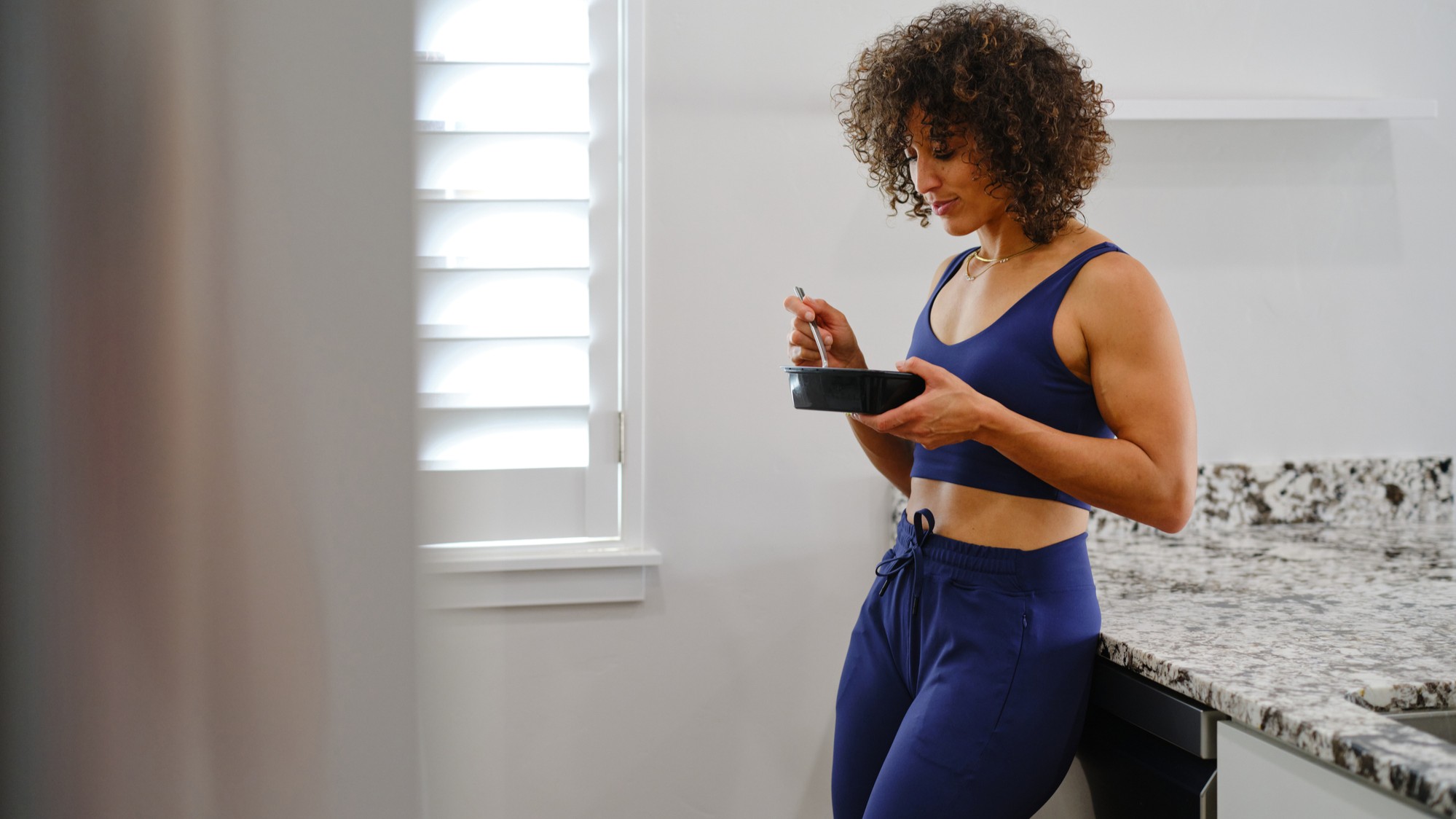 Put down the protein shake—this high-protein chicken and rice recipe is a better way to refuel after a workout
Put down the protein shake—this high-protein chicken and rice recipe is a better way to refuel after a workoutAnd it only takes 10 minutes to make
By Lou Mudge
-
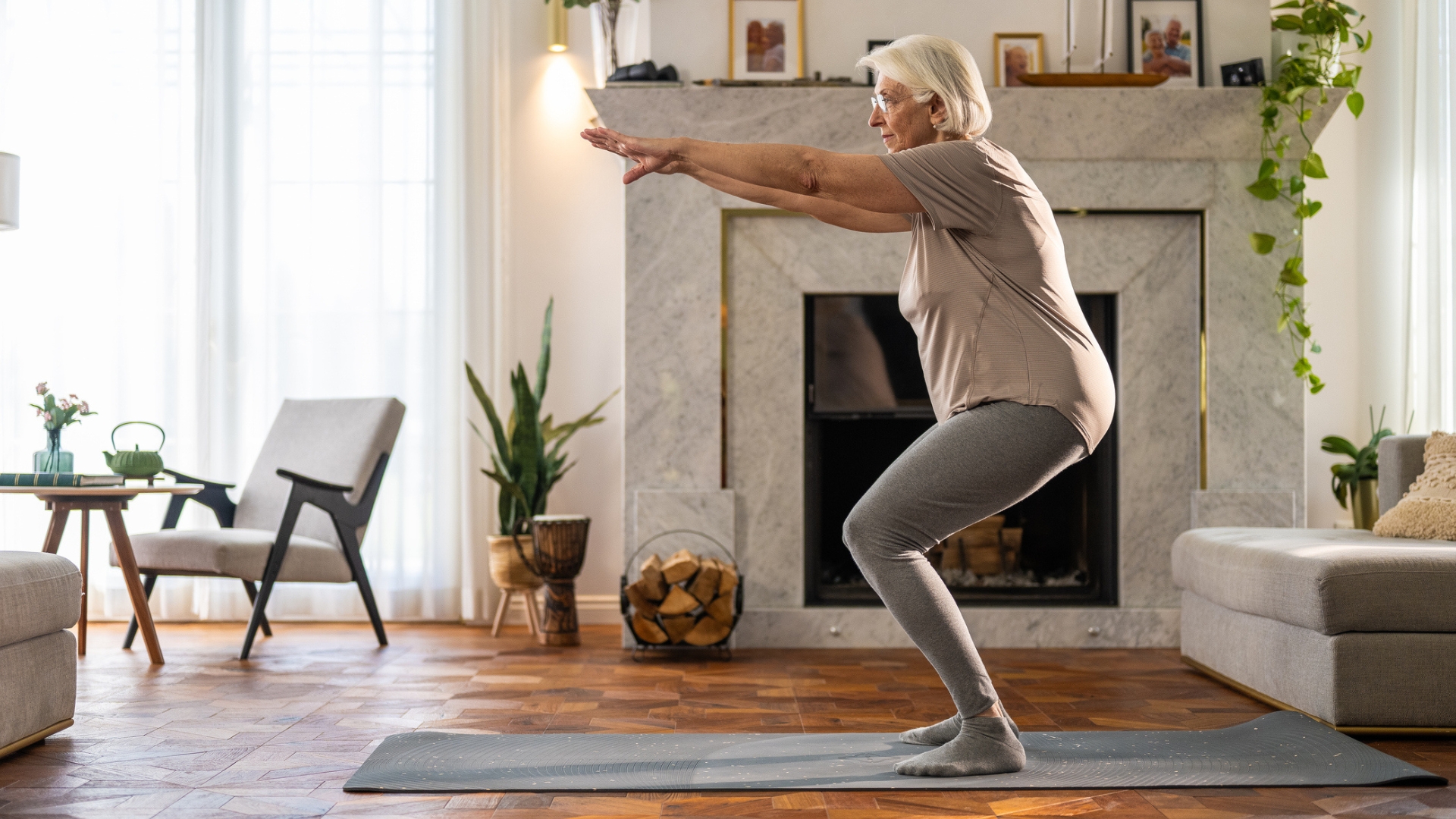 The three Pilates exercises every beginner should start with, according to an expert instructor
The three Pilates exercises every beginner should start with, according to an expert instructorA sequence that will take you no more than 10 minutes
By Alice Porter
